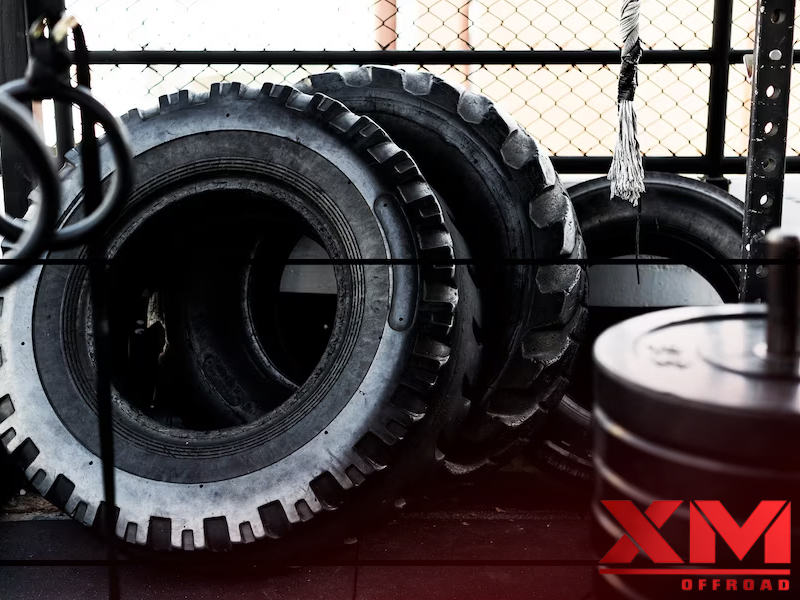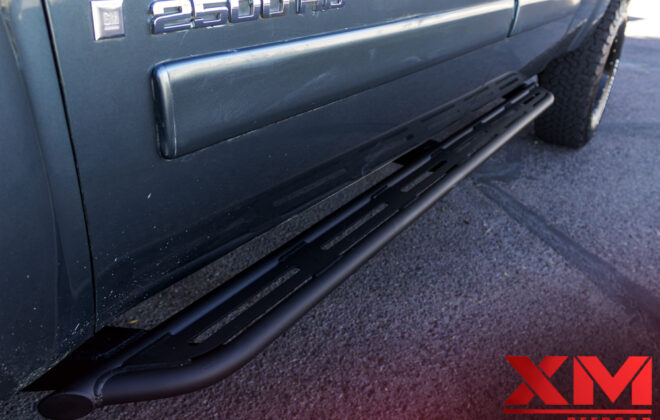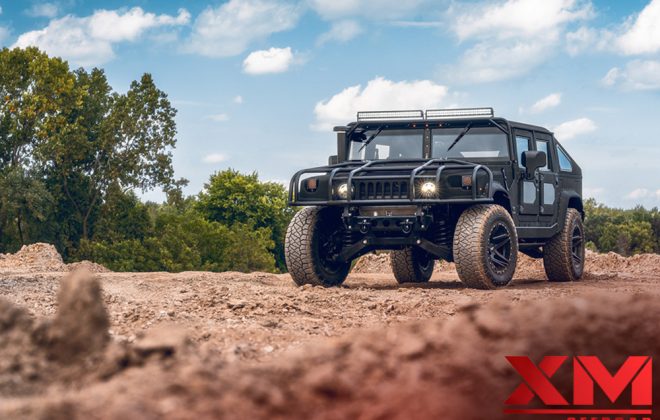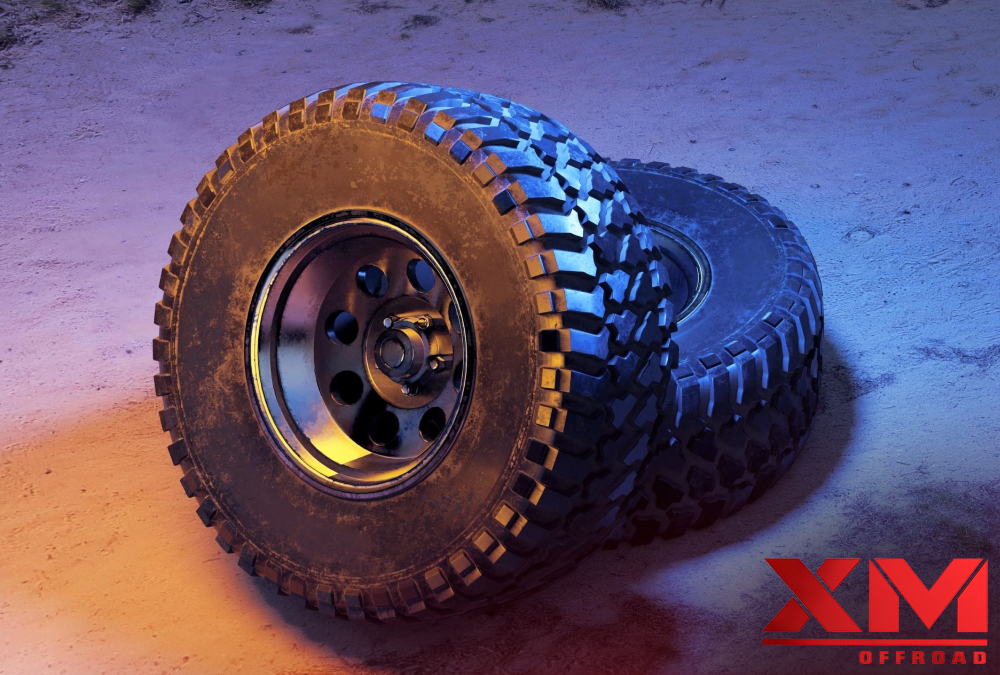
Matching 33-Inch Tires to 20-Inch Rims: Is It Doable?
Your car, truck, or SUV is your pride and joy, and there’s nothing like the thrill of upgrading your ride to improve both its looks and performance. If you’ve found yourself considering larger tires, like 33-inch ones, you might be wondering if it’s feasible to pair them with 20-inch rims. So, can 33-inch tires fit on 20-inch rims? The simple answer is yes. However, the process involves a few important considerations that you need to be aware of.
Understanding the Numbers
Before getting into the meat of the matter, it’s crucial to understand what these numbers represent. When we talk about 33-inch tires, this refers to the diameter of the tire. The 20-inch measurement, on the other hand, relates to the diameter of the rim. Simply put, it’s a comparison of the tire’s overall size versus the wheel’s diameter upon which it will be mounted.
Feasibility of the Combination
Yes, 33-inch tires can indeed be mounted on 20-inch rims. They are quite a popular pairing for those seeking a rugged, off-road aesthetic.
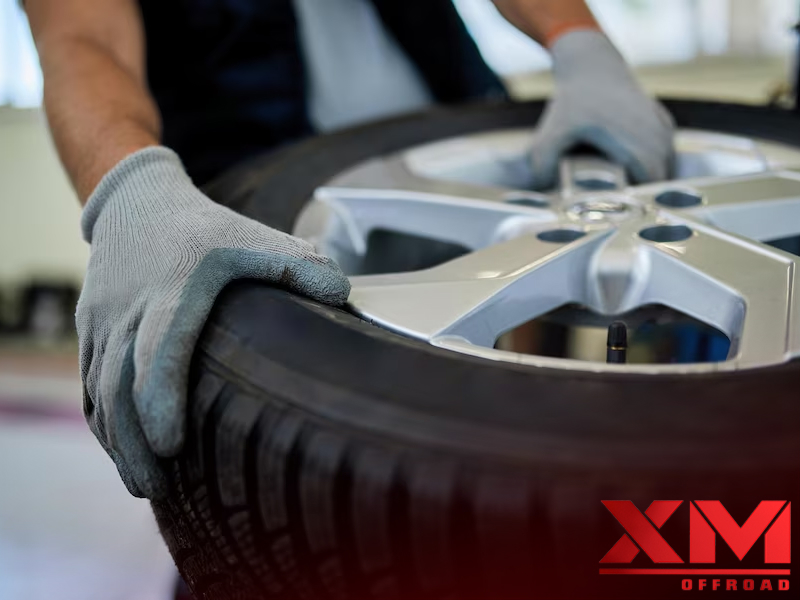
The combination of 33-inch tires and 20-inch rims allows for a wider tire footprint, enhancing traction and stability – a significant advantage for off-roaders. With the higher clearance provided by the 33-inch tires, you’ll have a better vantage point, especially in off-road situations.
Potential Challenges
While the 33-inch tire and 20 inch rims combo is feasible and offers certain advantages, it also comes with potential challenges, including:
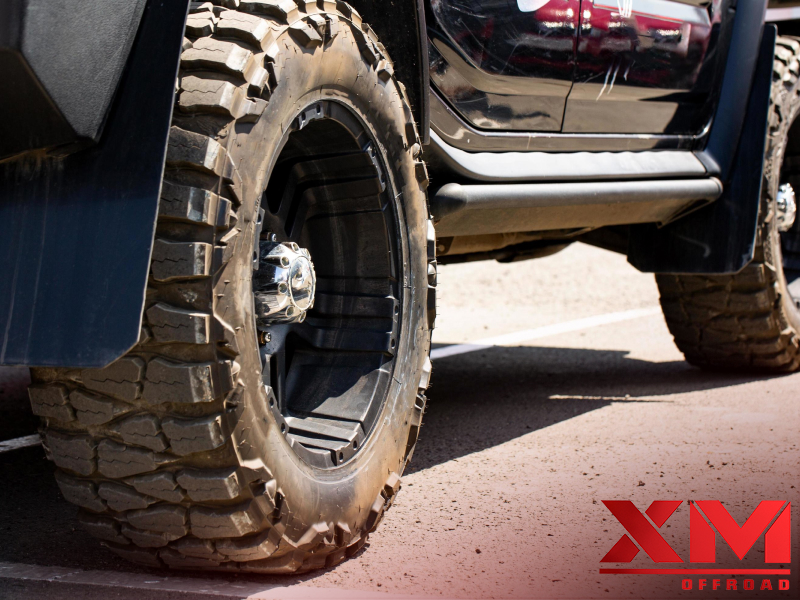
- Modification Requirements: You might need to make some adjustments to your vehicle. This could include lifting your vehicle’s body or suspension or trimming the wheel wells to prevent rubbing against the tire when turning or during suspension travel.
- Change in Speedometer Reading: Larger tires can affect the accuracy of your speedometer. You may need to have your speedometer recalibrated for accuracy.
- Impact on Gas Mileage: The increased size and weight of larger tires can negatively impact your vehicle’s gas mileage.
Using XM Off-road Rims
When it comes to choosing rims for your 33-inch tires, consider XM Off-road rims. They are renowned for their durability and can support additional tire height and weight. However, the style of the XM Off-road rims isn’t just about practicality; they also have an aggressive, eye-catching look that complements larger tires perfectly.
Remember, the rim width should be appropriate for your chosen tire size. For 33-inch tires, rims typically range from 8.5 to 11 inches in width. Consult a professional rim manufacturer to ensure the 20-inch rims you’re considering are suitable for your specific 33-inch tire model.
The importance of choosing the right rims can’t be overstated, and XM Off-road rims are a solid choice for pairing with 33-inch tires. Their robust construction and design can effectively handle the weight and size of larger tires. Plus, the 20-inch diameter of these rims provides the perfect platform for your new tires, offering both functionality and style.
Consider the Drive Feel
One final thought to ponder over is the change in your driving experience. With 33-inch tires on 20-inch rims, expect a stiffer ride. The shorter sidewall height can lead to decreased ride comfort and increased road noise. If you primarily drive on paved roads and highways, a setup with a smaller rim and a larger tire sidewall may provide a smoother ride.
Choosing the Right Tires for Your 20-Inch Rims
When it comes to choosing 33-inch tires to match your 20-inch rims, it’s crucial to consider the specific use case for your vehicle. For instance, if you’re an off-roading enthusiast, you might opt for mud-terrain or all-terrain tires. These have deeper treads that provide better grip and control on uneven and loose surfaces.
However, if you use your vehicle primarily for highway driving and wish to upgrade purely for aesthetic reasons, a set of all-season tires might be more appropriate. These offer a balance of performance, comfort, and longevity but might not perform as well in extreme off-road situations.
A Note on Load Ratings
33-inch tires typically come with higher load ratings due to their size. It’s important to ensure the load rating of your new tires matches or exceeds the requirements of your vehicle, especially if you’re going to be hauling or towing heavy loads.
Alignment and Balancing
Upon fitting the new 33-inch tires on your 20-inch rims, it’s essential to get the wheels aligned and balanced. Misaligned or unbalanced wheels can cause uneven tire wear, vibration while driving, and potential damage to your suspension components.
Potential Changes in Brake Performance
Larger tires can also affect your vehicle’s braking performance. Due to the increased diameter, your vehicle might require more distance to come to a complete stop. If you notice a significant change in your braking performance after the tire upgrade, it might be worth considering an upgrade to your brake system as well.
Investing in High-Quality Tires
While the initial cost might seem high, investing in high-quality 33-inch tires can save you money in the long run. They usually offer better tread life, performance, and safety, providing better value for your money.
Conclusion
It is possible to fit 33-inch tires on 20-inch rims. The combination can give your vehicle a distinct look and improved off-road capabilities. However, be prepared for potential modification needs and changes in your vehicle’s drive feel and efficiency.
Read Also: Wheels For Your Vehicle: Understand the Various Kinds Based on Your Specific Needs
When undertaking such a significant modification, it’s crucial to do thorough research or consult with professionals to ensure you’re making the right decision for your specific vehicle and driving needs. Remember, it’s not just about achieving a certain look; you should also prioritize safety, functionality, and practicality. Happy modding!
FAQs
Q1) Why can’t I put 33-inch tires on 20-inch rims?
The size of the tire and rim are carefully designed to work together by the vehicle manufacturer. A 33-inch tire is too large for a 20-inch rim, which can lead to various issues. Improper fitting can cause handling problems, increased wear on the tires, reduced braking performance, and potential damage to the vehicle’s suspension.
Q2) What are the risks of putting oversized tires on smaller rims?
Putting oversized tires on smaller rims can cause several safety hazards. The larger tire may not seat properly on the rim, leading to instability and loss of control while driving. The tire sidewalls might not have enough support, leading to tire blowouts or uneven wear. Moreover, the larger tires may rub against the vehicle’s fenders or suspension components, causing damage.
Q3) Can I use spacers or adapters to fit larger tires on 20-inch rims?
Using spacers or adapters to fit larger tires on smaller rims is not a recommended solution. It may create clearance issues and put additional stress on the vehicle’s wheel bearings and suspension components. This can lead to premature wear and potentially compromise your safety on the road.
Q4) What should I do if I want to upgrade to larger tires?
If you wish to upgrade to larger tires, it’s essential to consult with a professional mechanic or tire expert. They can help you select appropriate rims that match the recommended tire size for your vehicle. Upgrading to larger tires should be done within the manufacturer’s guidelines to maintain proper performance, handling, and safety.
Q5) Are there any benefits of using larger rims with smaller tires?
Using larger rims with smaller tires, commonly referred to as “plus-sizing,” can have certain benefits if done correctly. It can enhance the appearance of your vehicle and improve handling by allowing for larger brake calipers. However, it’s crucial to follow proper plus-sizing guidelines to avoid potential issues.

